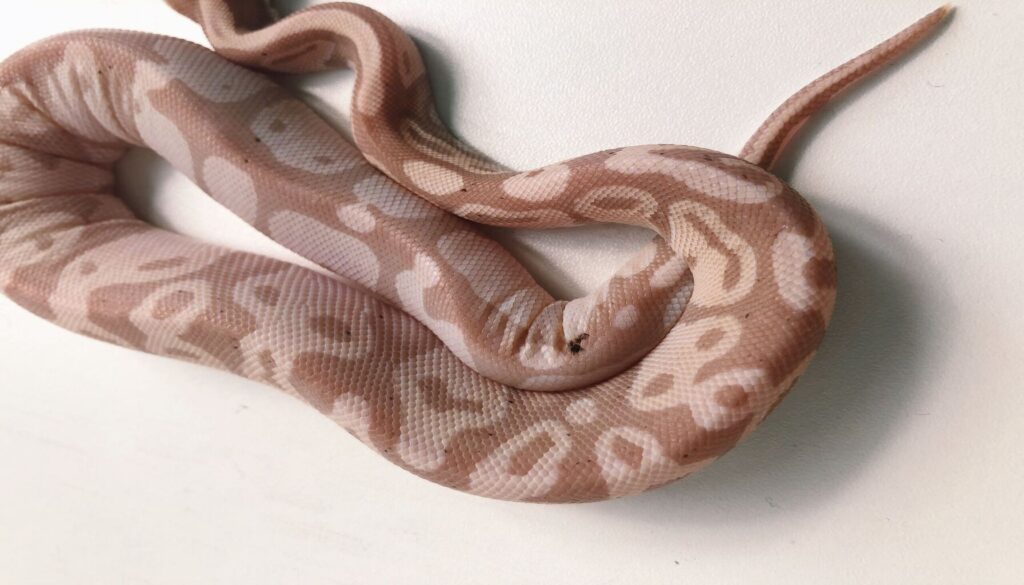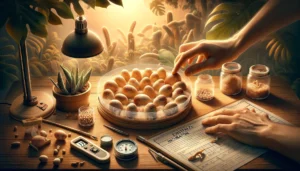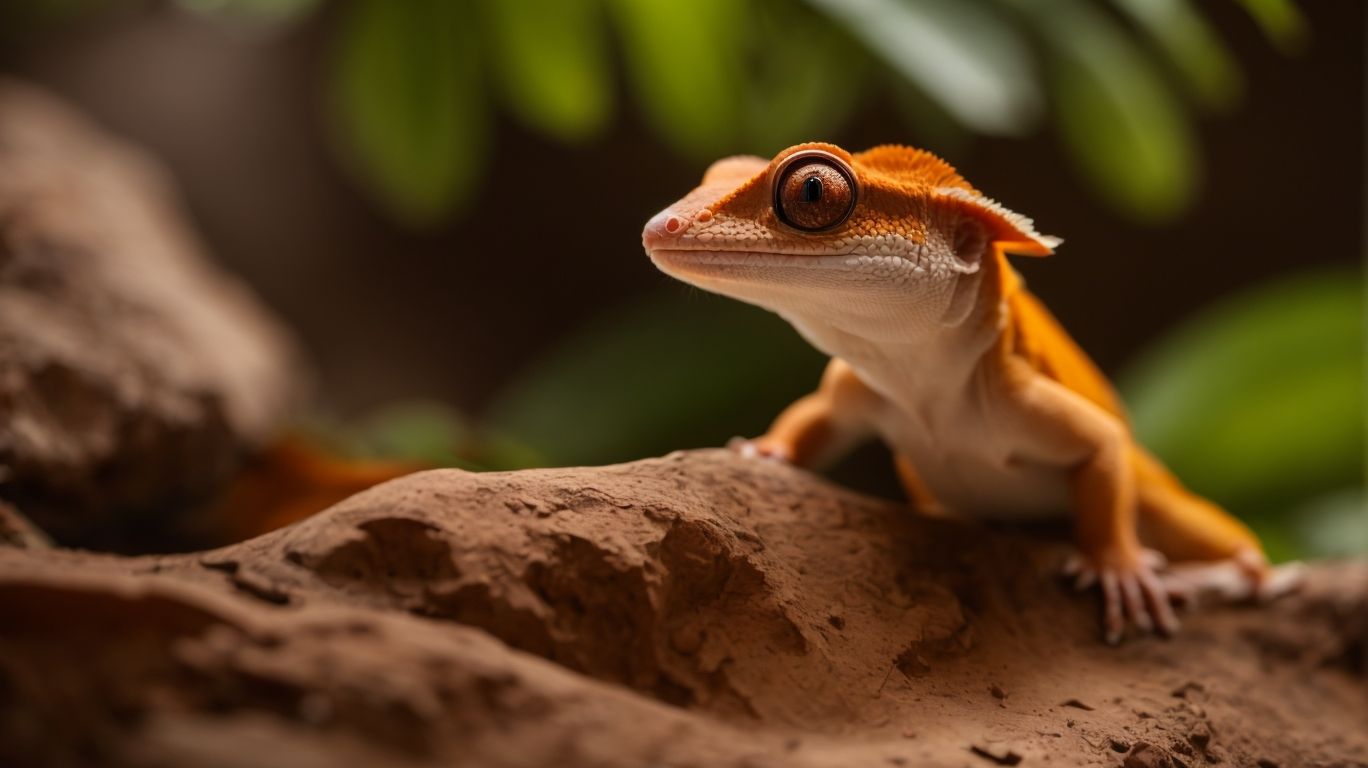
Unveiling the Wonders of Ball Python Morphs: A Comprehensive Exploration
Table of Contents
Understanding the Concept of Morphs
Ball pythons, native to sub-Saharan Africa, exhibit a stunning array of natural variations in their appearance. These variations, a testament to the richness of biodiversity, have become the foundation for a captivating art form: morph breeding.
Morphs, in essence, are genetic variations that give rise to a distinct physical appearance in ball pythons. Imagine a palette of colors, patterns, and textures, where breeders have harnessed the natural diversity through selective breeding, creating a spectacular range of morphs.
The concept of morphs delves into the world of genetic mutations. These mutations, akin to nature’s artistic brushstrokes, can occur spontaneously or be intentionally induced through breeding. The key lies in the genes — carriers of the instructions that shape the snake’s appearance. As these genetic traits pass down from generation to generation, a consistent and visually distinct appearance emerges, creating what we recognize as a morph.
Understanding morphs is not just a scientific endeavor; it’s a gateway for snake owners and enthusiasts to appreciate the incredible diversity within the ball python species. Each morph, a living testament to the power of genetic variation, brings a unique charm and appeal, adding to the allure of these remarkable creatures.
Exploring Morphs in Ball Pythons: A Tapestry of Diversity
Morphs are not exclusive to ball pythons; they are a phenomenon observed across reptile species. This showcase of nature’s artistry allows us to marvel at the intricate beauty and unique traits emerging from genetic variations. Whether it’s the piebald pattern or the vibrant coloration of the pastel morph, each variation tells a story of adaptation and survival in the wild.
Understanding morphs becomes a lens through which snake enthusiasts can gain deeper insights into the natural world. It’s a tool for identification and care, as different morphs may come with slightly varied requirements.
The origin of ball python morphs is a captivating tale that unfolds against the backdrop of their native habitat in sub-Saharan Africa. While natural variations in color and pattern have been observed for centuries, it was in the 1960s that the art of morph breeding took a deliberate and exciting turn.
Breeders, with keen eyes and a passion for discovery, noticed unique variations in certain individuals. Through meticulous selective breeding, they isolated and propagated these genetic traits, birthing the first recorded instances of ball python morphs in captivity. What began as a recognition of spontaneous genetic mutations in the wild transformed into intentional breeding, amplifying the diversity of morphs beyond what nature had initially sculpted.
The journey of morph discovery has been nothing short of exponential. From the initial instances in the 1960s to the present day, breeders have continuously pushed the boundaries, unveiling new and extraordinary combinations of traits. The ability to create and preserve these morphs through selective breeding not only showcases the diversity within the species but also opens doors to morphs that might never occur naturally in the wild.
The mesmerizing diversity of morphs in ball pythons finds its roots in genetic mutations, the alchemy that transforms the ordinary into the extraordinary. At the molecular level, genetic mutations are like whispers of change in the DNA sequence of an organism. In ball pythons, these mutations can influence genes controlling pigmentation, scale structure, and other physical traits.
Consider the albino morph, a result of a mutation in a gene responsible for producing melanin. The absence of melanin gives rise to a snake with a stunning white and yellow coloration. These genetic mutations, whether arising spontaneously in the wild or intentionally induced through selective breeding, are the building blocks of morph creation.
It’s worth noting that not all genetic mutations result in visually striking morphs. Some may have subtle effects on the snake’s appearance or may not be visually noticeable at all. Responsible breeding practices become crucial in navigating the delicate balance between visual appeal and the overall health and fertility of the snakes.
Dominant and Recessive Morphs: Decoding the Genetic Blueprint
Understanding morphs in ball pythons extends beyond their visual allure. It involves deciphering the genetic blueprint that determines whether a morph is dominant or recessive.
Dominant morphs need only one copy of the gene to be expressed, creating a 50% chance that any offspring will inherit and express that morph. Picture the pied and clown morphs, popular examples of dominant traits that captivate with their distinct patterns.
On the other side of the genetic dance floor are recessive morphs, where both parents must carry the gene for it to be expressed in the offspring. While these offspring may not display the morph’s traits, they become carriers, passing on the recessive gene to future generations. The albino and banana morphs stand as classic examples of recessive elegance in ball pythons.
Understanding these genetic intricacies enhances the appreciation for the complexity of morph inheritance, providing snake enthusiasts with a deeper insight into the fascinating world of ball python genetics.
Common Morphs in Ball Pythons: A Visual Feast
Ball pythons, known for their incredible diversity in morphs, offer enthusiasts a visual feast. Let’s explore some of the most common morphs that might grace your collection.
- Normal Morph
The “normal” morph, often considered the standard or wild type ball python, is a testament to classic beauty. These snakes showcase a captivating brown and black pattern, embodying the epitome of ball python aesthetics.
- Pastel Morph
The pastel morph, a perennial favorite among enthusiasts, introduces a brighter and more vibrant coloration than the typical ball python. With a mesmerizing combination of yellows, oranges, and browns, pastel morphs add a splash of vivacity to any collection.
- Piebald Morph
The piebald morph, with its large patches of white on the snake’s body, creates a striking and sought-after piebald pattern. These snakes, like living canvases, showcase a unique and eye-catching appearance that leaves a lasting impression.
- Albino Morph
Albino ball pythons, lacking the ability to produce melanin, present a beautiful white and yellow coloration. Their eyes, typically red or pink, contribute to their distinctive and mesmerizing appearance. Albino morphs stand as living testaments to the power of genetic variation.
- Spider Morph
The spider morph, named for its distinct pattern of thin, wavy lines along the snake’s body, adds a touch of elegance to any collection. With a lighter base color and a combination of white and light brown, spider morphs showcase the artistic possibilities of ball python genetics.
These common morphs, each a masterpiece in its own right, only scratch the surface of the diverse and captivating world of ball python aesthetics.
The Ethics of Morph Breeding: Balancing Beauty and Responsibility
As the popularity of morph breeding soars in the reptile community, ethical considerations take center stage. While the creation of beautiful and rare ball python morphs is undeniably exciting, a careful dance between aesthetics and responsibility is imperative.
The allure of morph breeding lies in the creation of unique and visually stunning morphs that may not naturally occur in the wild. This process serves as a canvas for the discovery of new genetic combinations, showcasing the remarkable diversity within the species.
However, ethical concerns accompany this morphological journey. The focus on aesthetics, if taken to extremes, can potentially compromise the overall health and well-being of the snakes. Some morphs may come with genetic health issues or reduced fertility rates, raising questions about the ethical implications of selective breeding.
In navigating this ethical terrain, responsible breeding practices become a moral imperative. Prioritizing the welfare of the snakes over aesthetic pursuits ensures that breeding efforts contribute positively to the conservation of the species. The demand for rare and highly sought-after morphs should be tempered by a commitment to responsible and sustainable breeding practices.
It’s incumbent upon breeders and enthusiasts to engage in open and honest conversations about the potential risks and benefits of morph breeding. Informed decisions that prioritize the well-being of the snakes and contribute positively to conservation efforts are essential for the ethical evolution of morph breeding practices.
Appreciating the Beauty of Ball Python Morphs: A Deeper Connection
Ball python morphs, with their incredible diversity in colors, patterns, and scales, are truly a sight to behold. Beyond their physical appearance, each morph tells a story of genetic variations and mutations that have given rise to unparalleled diversity within the species.
From the striking white patches of the piebald morph to the vibrant and bold colors of the pastel morph, ball pythons morphs are akin to living art pieces. Enthusiasts have the privilege of witnessing and caring for these stunning creatures, and with this privilege comes the responsibility to provide the best care possible.
By taking the time to appreciate the beauty of ball python morphs, enthusiasts can forge a deeper connection with these incredible animals. It’s not just about the aesthetics; it’s about understanding the intricacies of their genetic makeup. Each morph represents a unique chapter in the evolving story of ball python genetics, a story that continues to unfold with each carefully planned breeding and each new discovery.
So, the next time you gaze upon your ball python morph, take a moment to appreciate the incredible beauty and uniqueness it brings. These snakes are more than just pets; they are living reminders of the wonder and diversity of the natural world. Their beauty goes beyond the surface, delving into the very fabric of genetic variation that makes each morph a masterpiece.
In appreciating the beauty of ball python morphs, we not only celebrate their aesthetic appeal but also acknowledge the responsibility we bear as stewards of these living artworks. As we marvel at the kaleidoscope of colors and patterns, let us also reflect on the importance of ethical breeding practices, ensuring that the beauty we create is harmoniously intertwined with the well-being of these mesmerizing creatures.
Future Trends and Innovations in Ball Python Morph Breeding: Paving the Way for New Wonders
As the world of ball python morphs evolves, exciting trends and innovations are on the horizon, promising to redefine the landscape of breeding practices and genetic exploration.
Advancements in genetic mapping technologies are poised to revolutionize our understanding of ball python genetics. Improved accuracy in deciphering genetic codes will likely lead to the identification of novel morph combinations, pushing the boundaries of current knowledge.
The future holds a fascination with cryptic traits—those not immediately visible in the phenotype. Breeding projects may focus on unlocking hidden genetic variations, revealing morphs that may not exhibit their unique traits until subsequent generations.
Designer morphs are expected to take center stage, with breeders actively experimenting to create unique and visually stunning combinations. The breeding arena may witness an explosion of artistic expressions, offering a diverse palette of colors, patterns, and scales that transcend current conventions.
Ethical considerations will shape the future of morph breeding, with an increased emphasis on the health and longevity of ball pythons. Breeders may prioritize traits that enhance overall well-being, ensuring that aesthetic pursuits align harmoniously with the welfare of these mesmerizing creatures.
Sustainability will be a key focus, with breeders adopting practices that ensure the conservation of genetic diversity. Striking a balance between creating visually appealing morphs and preserving the species’ natural genetic richness will be integral to the long-term success of morph breeding.
As we anticipate the future of ball python morph breeding, it becomes evident that the journey is marked by innovation, responsibility, and a passion for unlocking the hidden marvels within these remarkable reptiles. Enthusiasts and breeders can look forward to a landscape where technology, creativity, and ethical considerations converge to shape the next chapter in the mesmerizing story of ball python morphs.
Related Posts

Incubating Crested Gecko Eggs: Essential Techniques and Tips
Crested geckos are fascinating reptiles that are known for their…

Red Crested Gecko Health: Common Issues and Preventive Care
Are you a proud owner of a red crested gecko?…

Creating the Ideal Environment for Your Red Crested Gecko
Do you own a red crested gecko or are you…

No Comments